How to create a non-toxic garden – 11 expert tips for a safe and sustainable outdoor space
A flourishing backyard doesn't have to come at the expense of your health – or the planet's

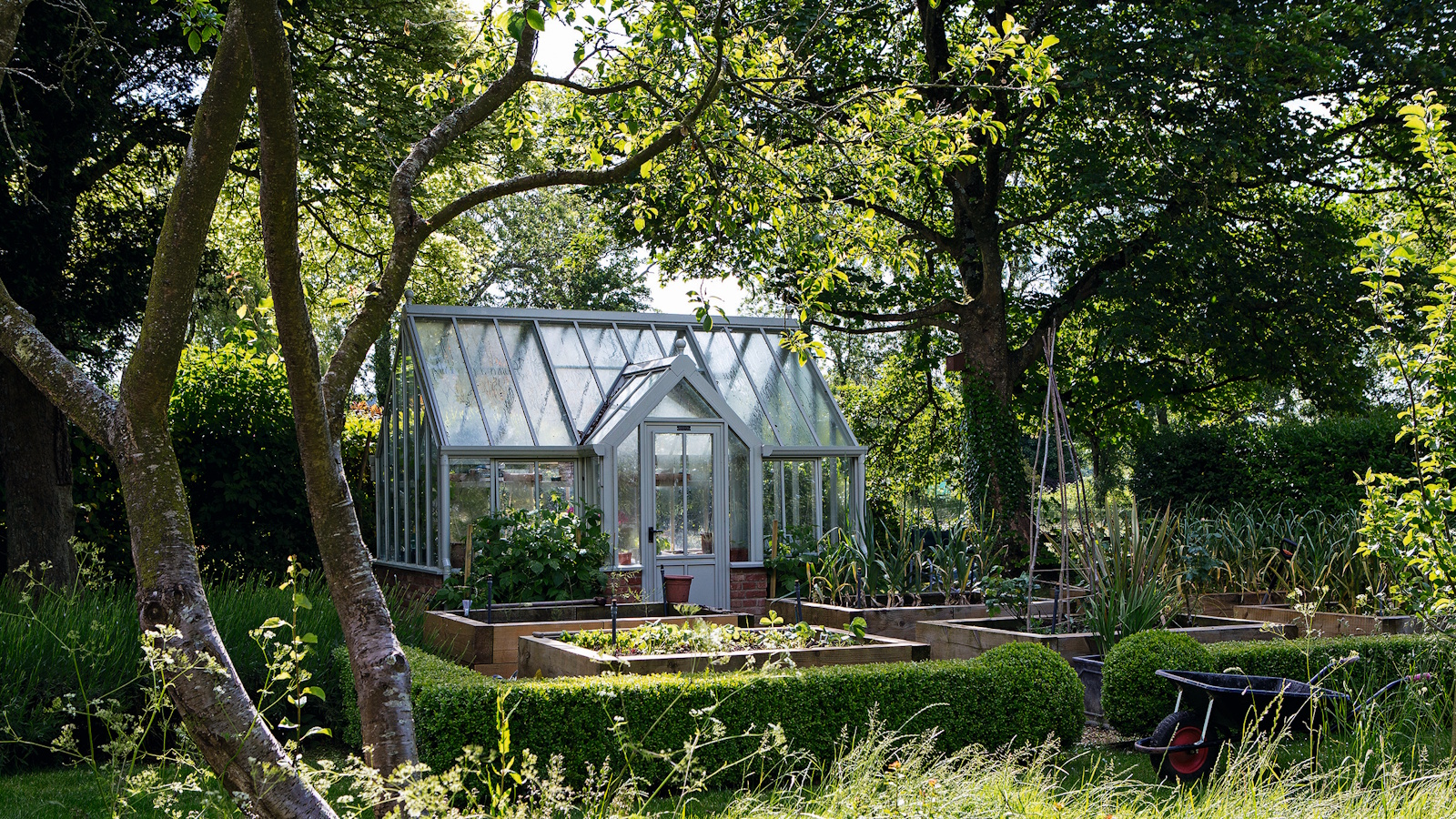
Dreaming of a non-toxic garden? We don't blame you one bit; as awareness of chemical exposure and microplastics continues to grow, more and more people are looking for ways to cultivate an eco-friendly garden – one that's every bit as sustainable as it is stylish.
Thankfully, the wildlife haven of your dreams isn't all out of reach. In fact, it only takes a few tweaks to create a space that nurtures pollinators, pets, and people alike, without relying on synthetic pesticides, harsh fertilizers, or hidden toxins.
From companion planting to natural pest control and child-safe materials, there are plenty of ways to become a more eco-conscious gardener. And, in the process, you might just find that you deepen your connection to the space, its soil, and the life it supports, too.
How to create a non-toxic garden
It doesn't really matter whether you’re redesigning a compact courtyard or fine-tuning a large country plot, creating a nontoxic garden isn’t just about what you take out – it’s about what you put in.
With that in mind, then, here are a few expert tips on everything from clever composting to the safest paints for raised beds – plus the easy-to-overlook swaps that make a surprisingly big impact.
1. Make your own compost
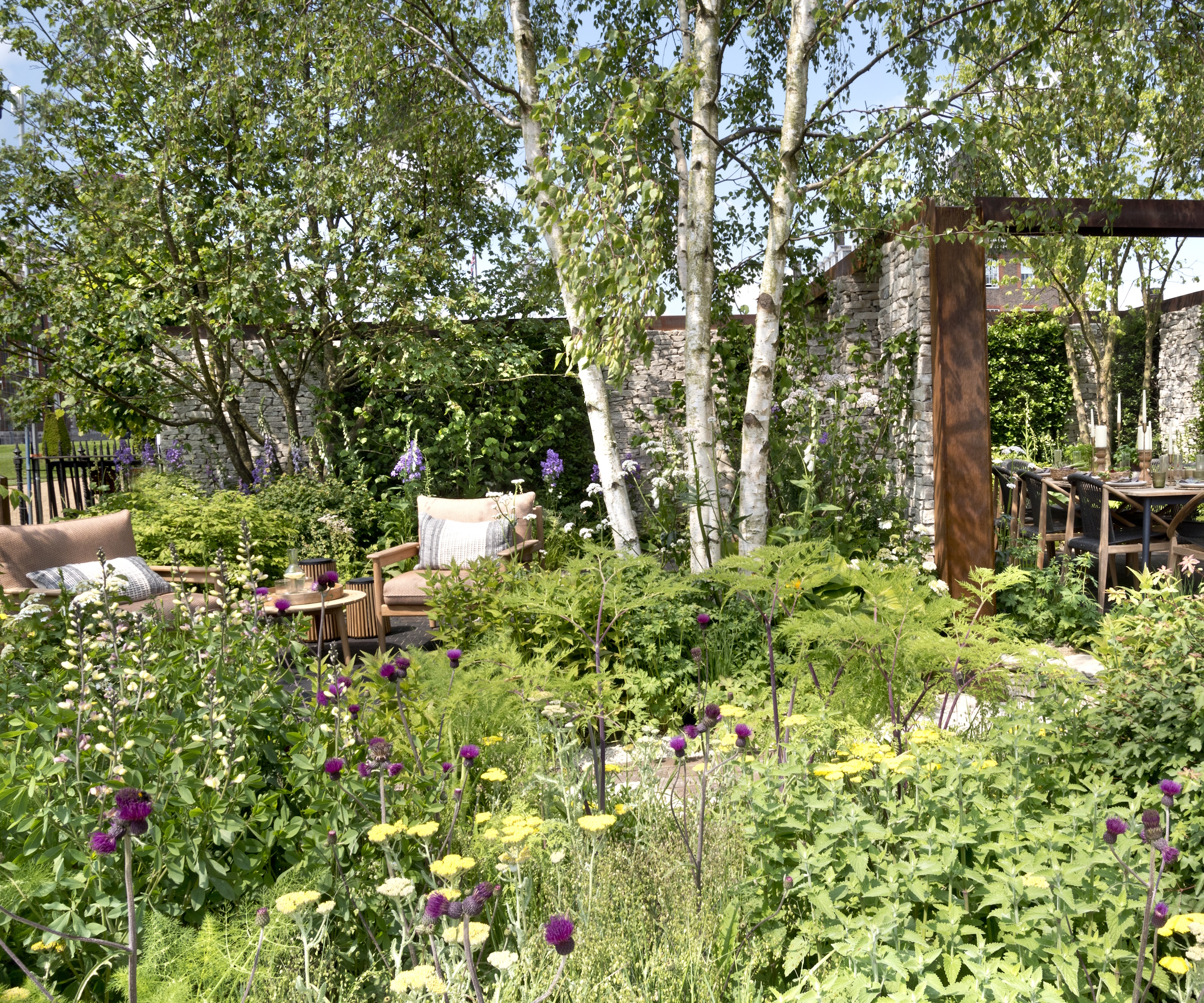
If you want to create a non-toxic garden, one of the easiest ways to start is to replace all synthetic herbicides, insecticides and fungicides with compost and organic fertilizers.
'Starting your own composting system is very easy and this can be done on a small or large scale,' says Andrew Bunting, VP of Horticulture for the Pennsylvania Horticultural Society and author of The Plant Lovers Guide To Magnolias (available on Amazon).
Design expertise in your inbox – from inspiring decorating ideas and beautiful celebrity homes to practical gardening advice and shopping round-ups.
Something like Aerobin's hot compost bin (available on Amazon), which converts organic waste to compost in just three months, could work wonders here. Or, alternatively, you could shop around for a certified organic potting mix – and one which is entirely peat-free, at that.
2. Try a worm casting tea
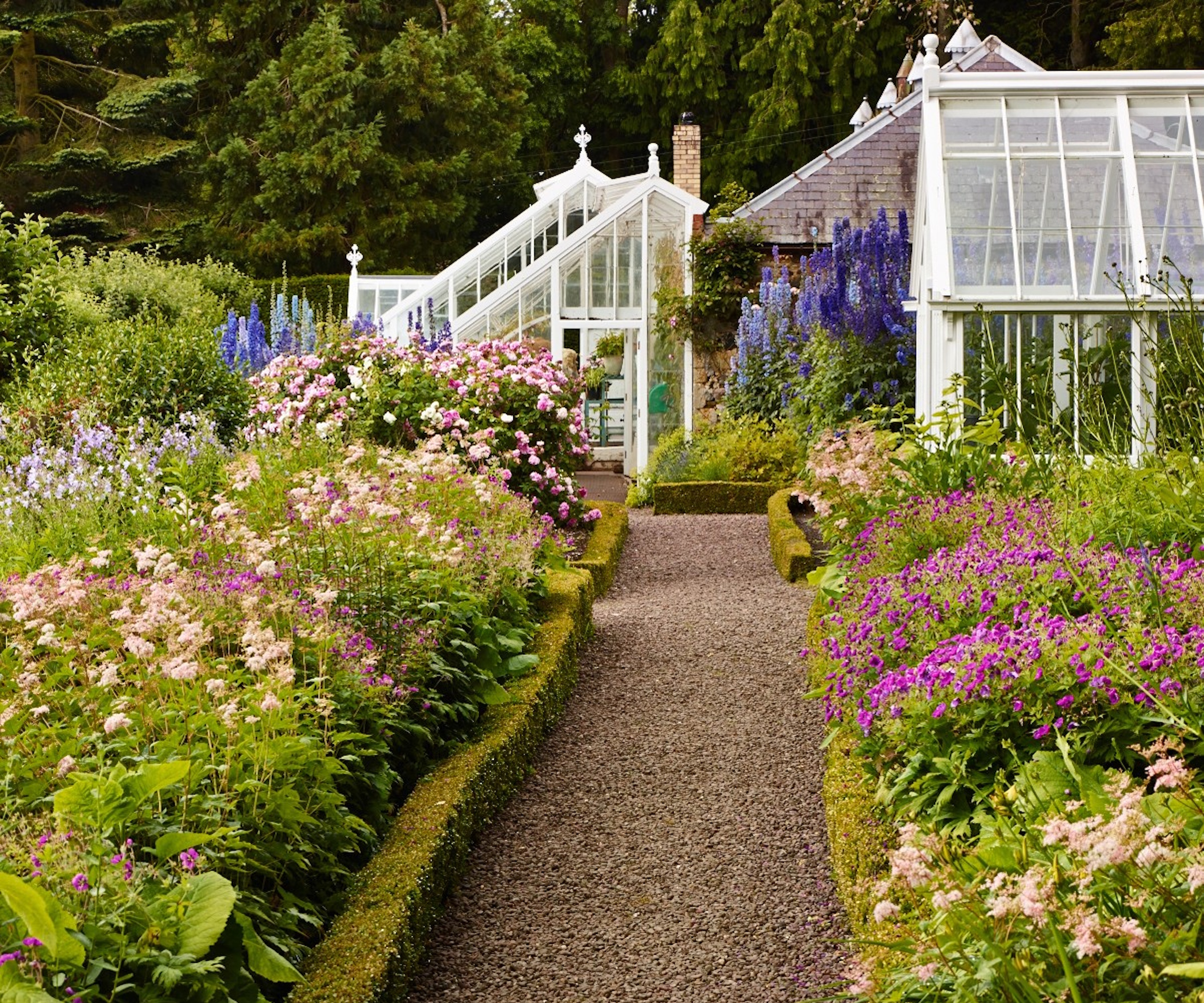
Ditching fertilizer is one of the best things you can do if you want to transform your backyard into a non-toxic garden – which is why some people recommend you make your own worm tea instead.
'All you need is a simple worm compost bin that produces vermicompost,' says Jeremy Yamaguchi, CEO of Cabana.
'Once you have this vermicompost you can put it inside of tea bags and create worm tea by adding water. This creates a super rich, organic, and natural fertilizer to put on your plants and vegetables in your garden.'
Alternatively, you could always buy your worm tea readymade (a lot of people rate Vitality, which is available to buy via Amazon).
3. Ditch the chemicals
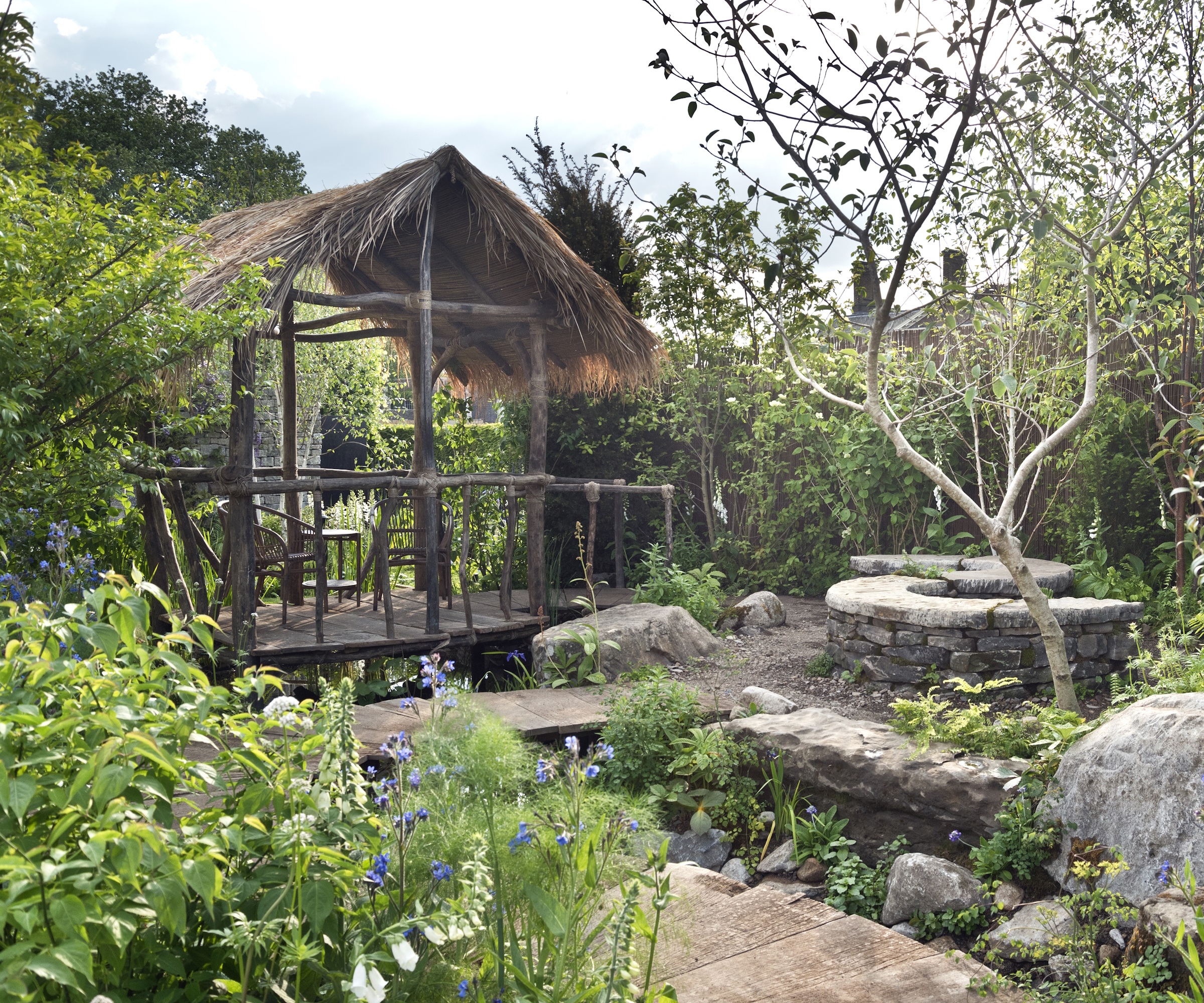
You guessed it; a non-toxic garden means swearing off all harsh pesticides and fertilisers. Forever.
'Finding certified organic potting mixes or using compost is your best bet for a healthy garden,' says Tammy Sons, founder and CEO of TN Nurseries. 'As for pesticides, always look for natural repellents containing neem oil or soap sprays, and limit the usage of single-use plastics!'
Andrew Bunting of the PHS agrees wholeheartedly, noting that, 'while insecticides kill the larvae of native butterflies and moths, larvae are an important food source for any migratory and song birds.'
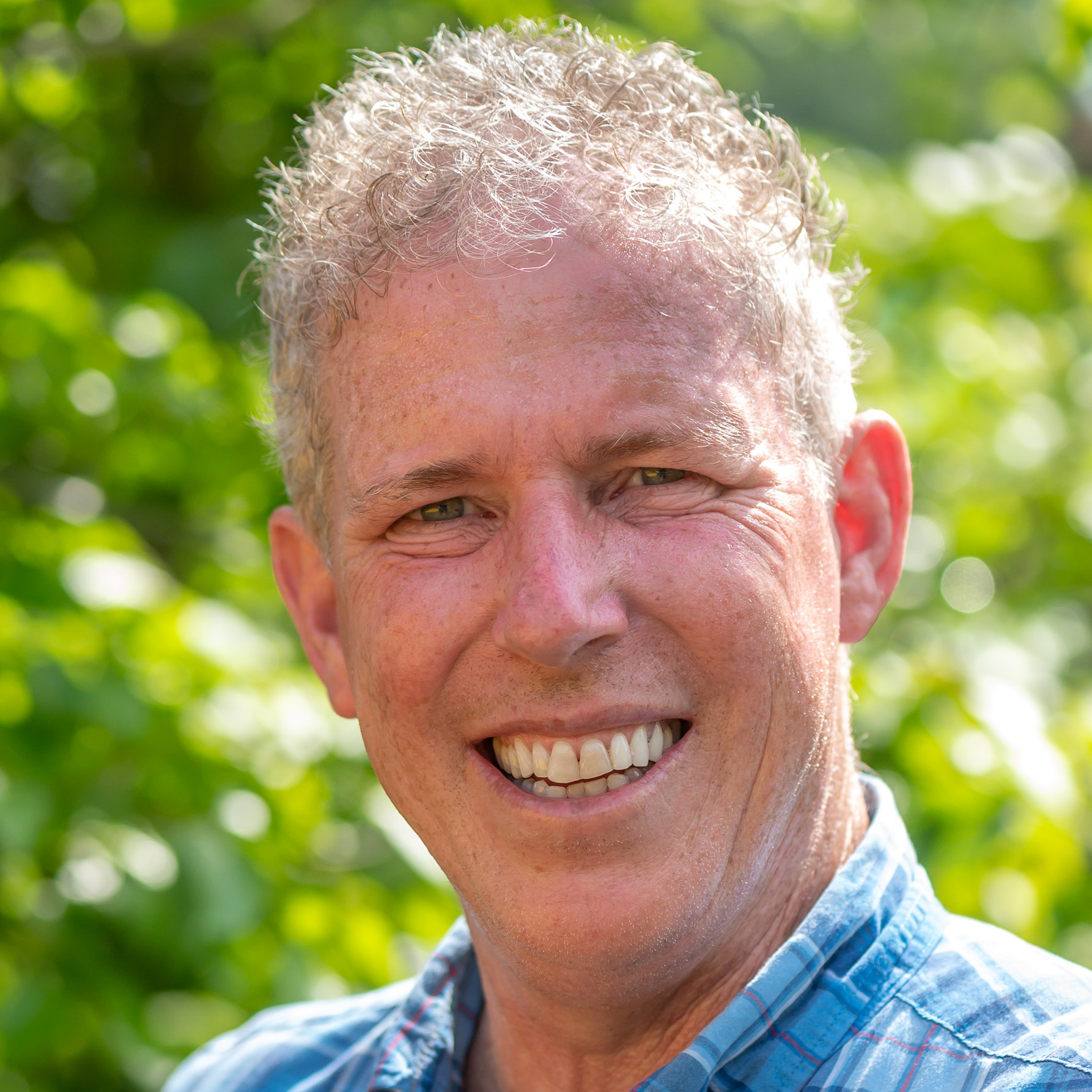
Andrew Bunting is Vice President of Horticulture and leads the utilization of planting and design to promote environmentally sound gardening practices at PHS. Prior to arriving at PHS, Andrew worked at the Chicago Botanic Garden, Chanticleer Garden, and the Scott Arboretum for a tenure of 27 years, and has received many commendations for his work. In 2015, Andrew published his first book, “The Plant Lover’s Guide to Magnolias.”

Tammy Sons is the founder/CEO of TN Nursery, and an expert in horticulture thanks to her studies at Tennessee State University. A lover of native plants, her company has been active in the nursery industry for over 60 years and three generations, continuing to help the world grow (naturally) year after year.
4. Use untreated wood

It's all too easy to focus your attention on plastics and other synthetic materials when curating a non-toxic garden – but don't forget to swerve treated woods, too.
'If you are building a garden bed from scratch with wood, be careful to choose untreated wood specifically,' says Steve Corcoran, CEO of Lawn Love. 'If wood has been pressure-treated, for example, that means that it has been treated with preservative chemicals to make it last longer.'
Steve goes on to explain that 'the problem with then using this type of wood to build a garden bed is that the chemicals it's been treated with can then seep into the soil, damaging the plant roots and potentially making edible plants unsafe to eat'.
'That’s why you want to use untreated wood,' he finishes.
5. Choose the right containers
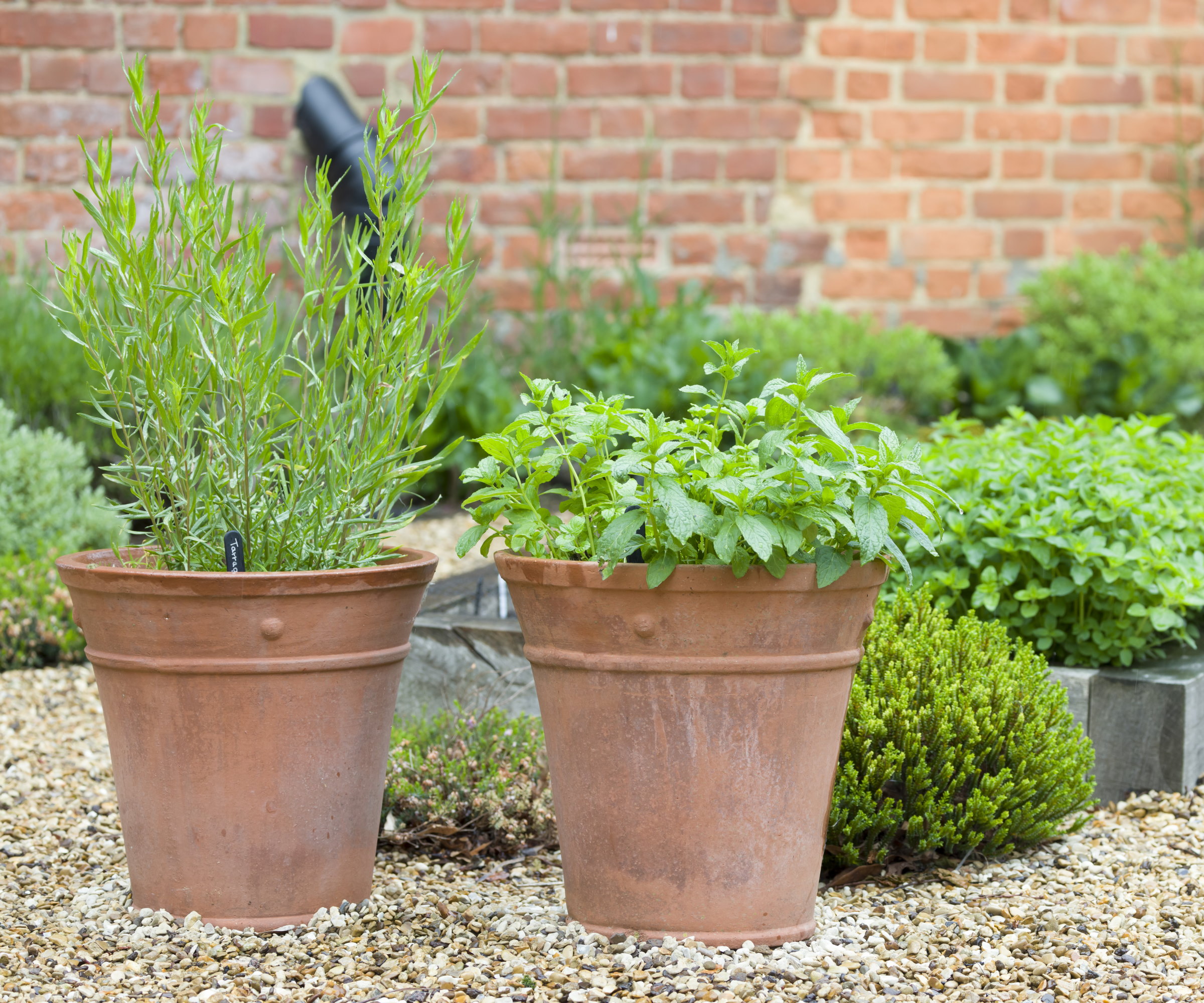
If you are a container garden enthusiast, then you'll likely already know that choosing the right pots and planters is also key to creating a non-toxic garden.
'You should always choose safe containers! Ones that are made of untreated wood, terracotta, and food-grade plastics are wonderful,' says TN Nurseries' Tammy.
Andrew of the PHS, meanwhile, points out that, while many nurseries sell plants in plastic pots, you should take care to 'find a nursery who is willing to take them back and reuse them again'.
'Some are even starting to use compostable pots like fiber or rice pots,' he adds.
6. And the right tools
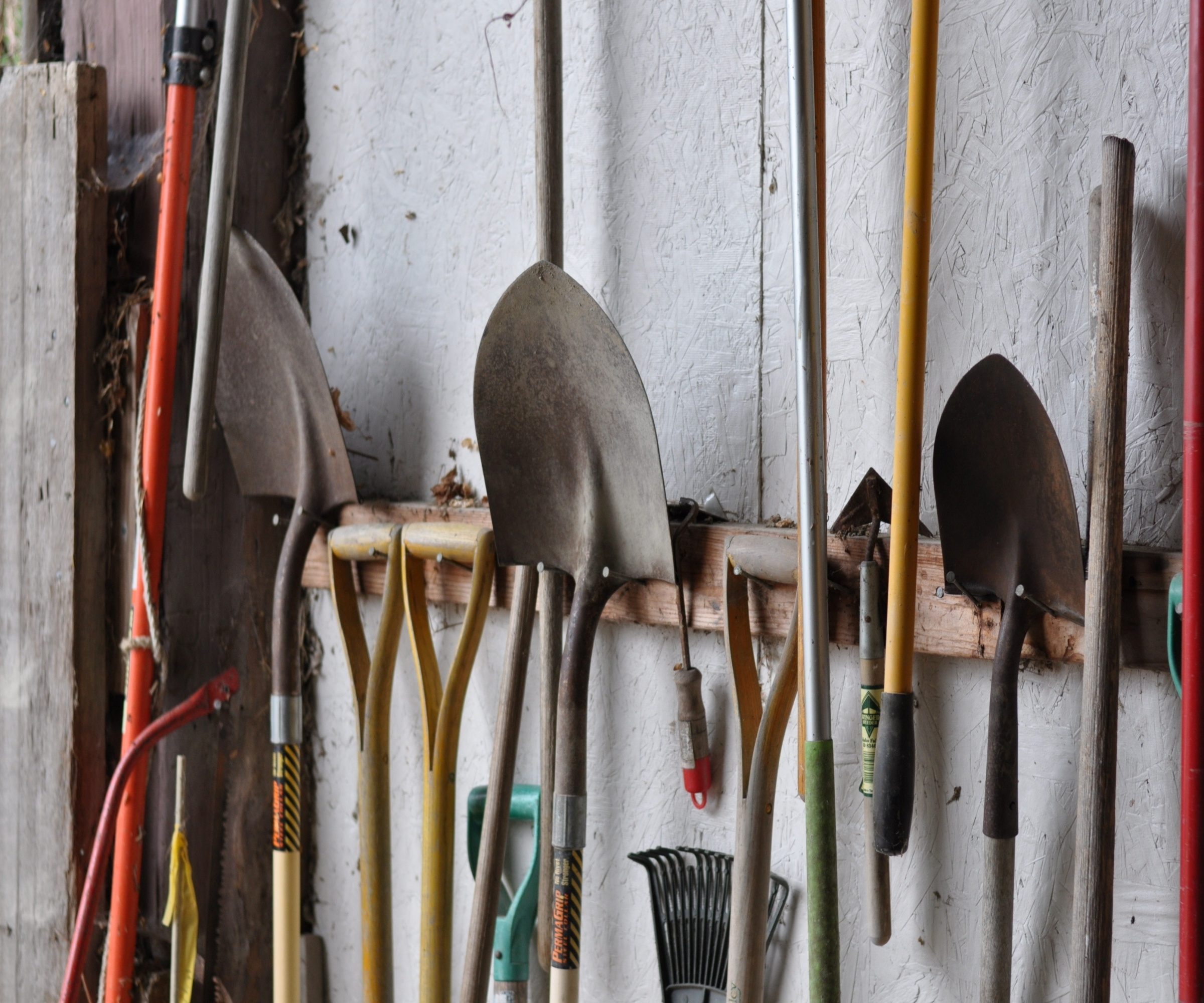
Whether you've got a courtyard or a cottage garden-style space, chance are that you'll have a set of gardening tools – but you need to pay attention to them if you truly want a non-toxic garden.
'Choose those that are made of stainless steel or aluminium with natural rubber, or wooden, handles,' advises Tammy of TN Nurseries. 'Grips made of PVC plastic are harmful, so try to steer clear of those.'
Andrew Bunting adds that you should also make a conscious effort to 'switch gas powered lawn mowers, blowers, weed whips and chain saws with electric powered equipment to reduce pollution'.
7. Go electric
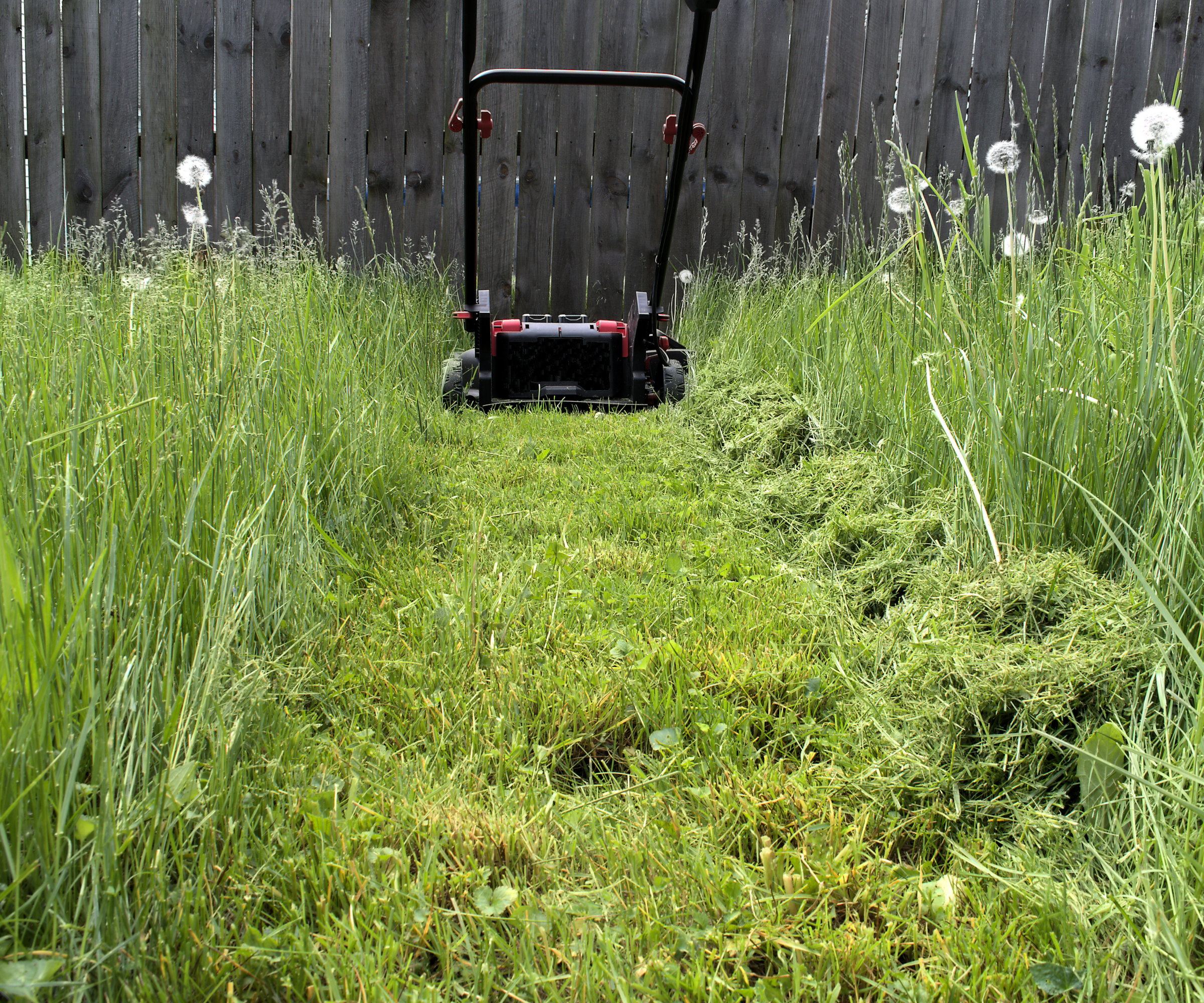
If you really want to do your non-toxic garden justice, Andrew Bunting of the PHS says that you should make a conscious effort to 'switch gas powered lawn mowers, blowers, weed whips and chain saws with electric powered equipment to reduce pollution'.
'Today there are many excellent choices of nearly every type of garden tool that are electric batter operated,' he says.
Additionally, he notes that electric blowers (like the Decerk 21V electric cordless leaf blower from Amazon) 'produce considerably less noise than a gas powered blower, therefore reducing noise pollution.'
8. Rethink your lawn
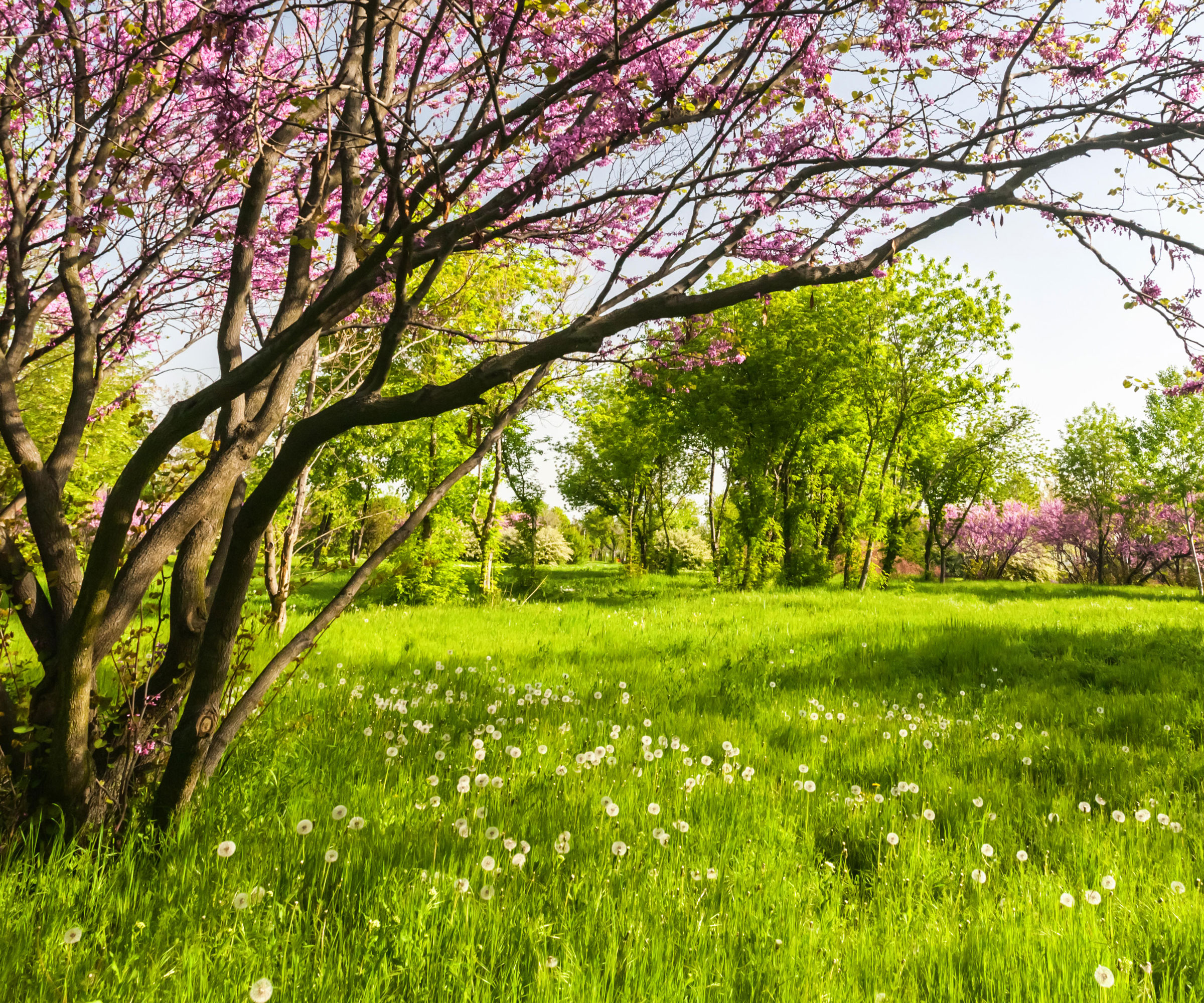
Lawns, says the Pennsylvania Horticultural Society's Andrew, are high-maintenance and high-impact: they use more chemicals than agriculture and four times more water than they retain in carbon.
'Homeowners use ten times more chemical per square acre than farmers. These chemicals often poison the soil and cause serious impacts to pollinators and feeding birds,' he says.
Converting even 10% of your lawn to a pollinator garden or native planting bed can have a huge ecological impact, so Andrew suggests using a 50/50 mix of native grasses and perennials to create attractive, low-maintenance, chemical-free alternatives.
9. Leave the leaves
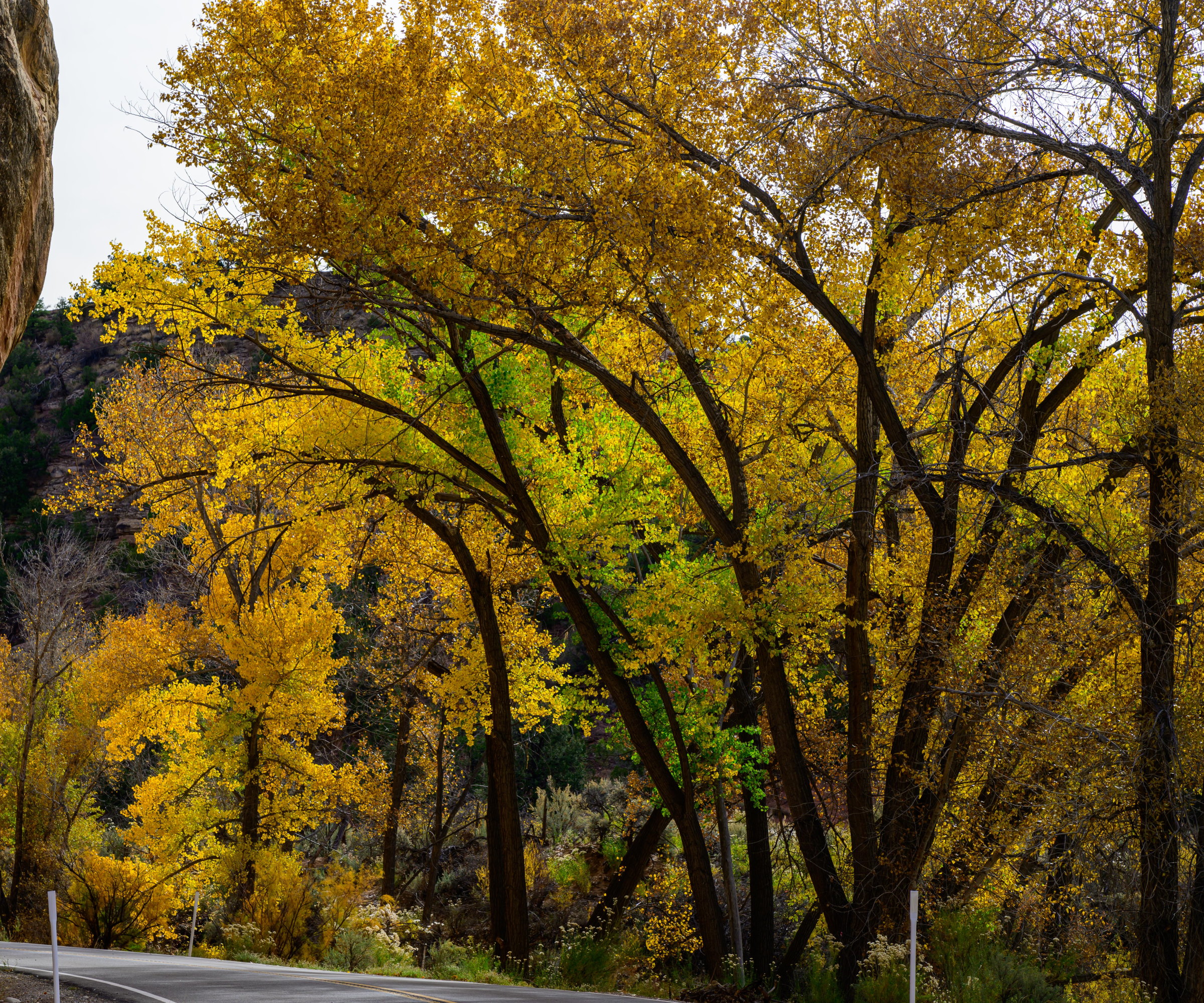
Both Andrew Bunting and Marcus Griswold (an entomologist/ecologist with the blog Little Green Myths) promote the "leave the leaves" approach. Fallen leaves and dead stems provide vital habitat for overwintering insects and birds.
Decaying plant matter is not mess – it's nourishment. Let it lie where it falls, or layer it into beds as mulch if you want to create a truly thriving non-toxic garden.
'Dead flowers provide food for birds. Old stems and leaves provide habitat for butterfly larvae, beetles, and many more,' adds Griswold.
10. Plant for pollinators
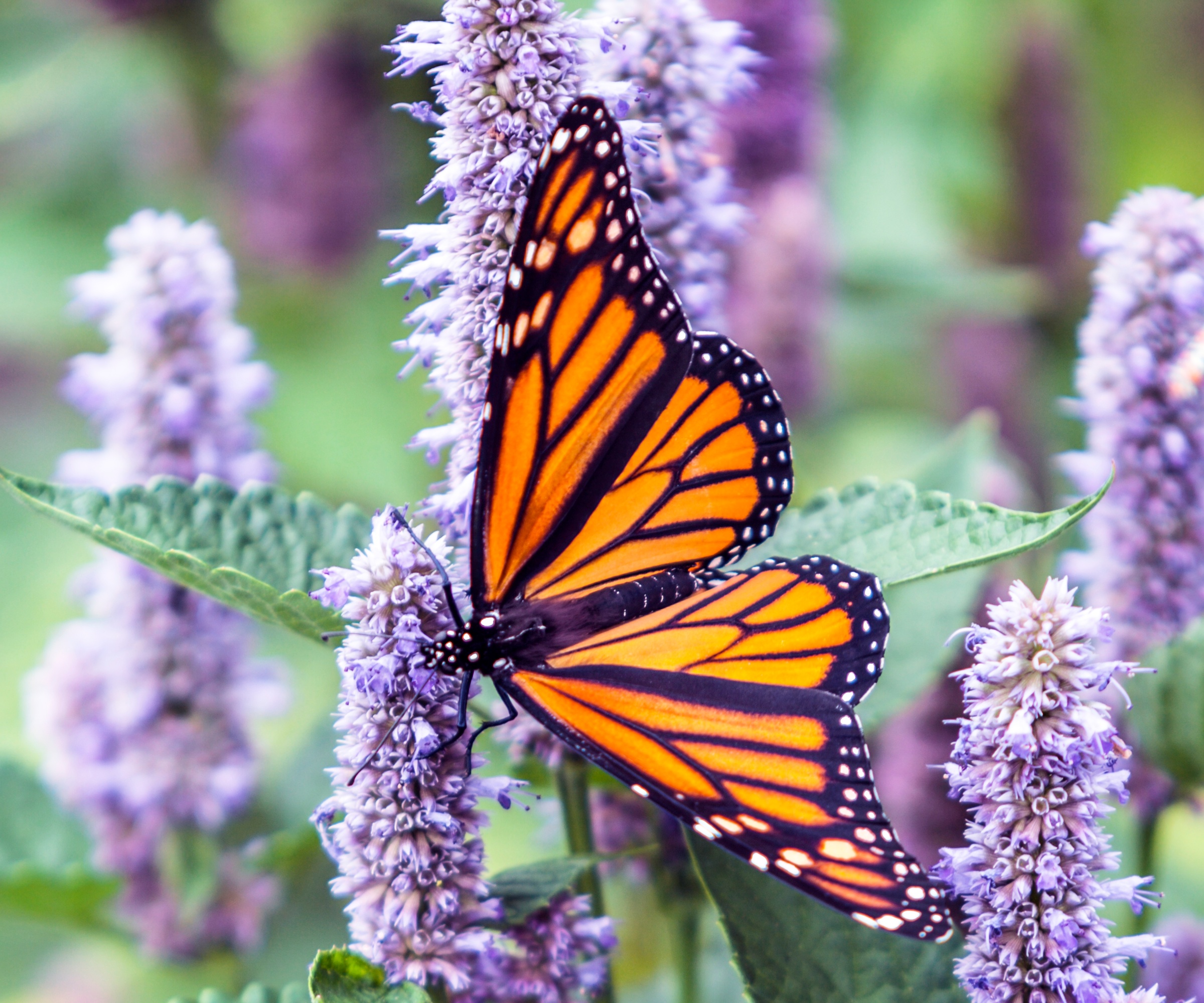
If you've spent some time learning how to attract bees to your garden, then you're well on your way to a non-toxic garden; planting for pollinators is a brilliant way to support biodiversity.
'There are dozens of native species of milkweeds,' says Andrew of the PHS. 'Butterfly milkweed is extremely drought tolerant... and a tough native host for Monarchs.'
He goes on to add that, 'without a doubt, the best-of-the-best for the pollinator garden are the mountain mints'. 'The leaves have a minty fragrance and Pycnanthemum is truly deer resistant,' he says.
Finally, Andrew brands coneflowers 'one of the most attractive perennials to attract pollinators'. '[Echinacea] attract a variety of pollinators including long-tongued bees and butterflies,' he promises.
11. Create a wildlife habitat
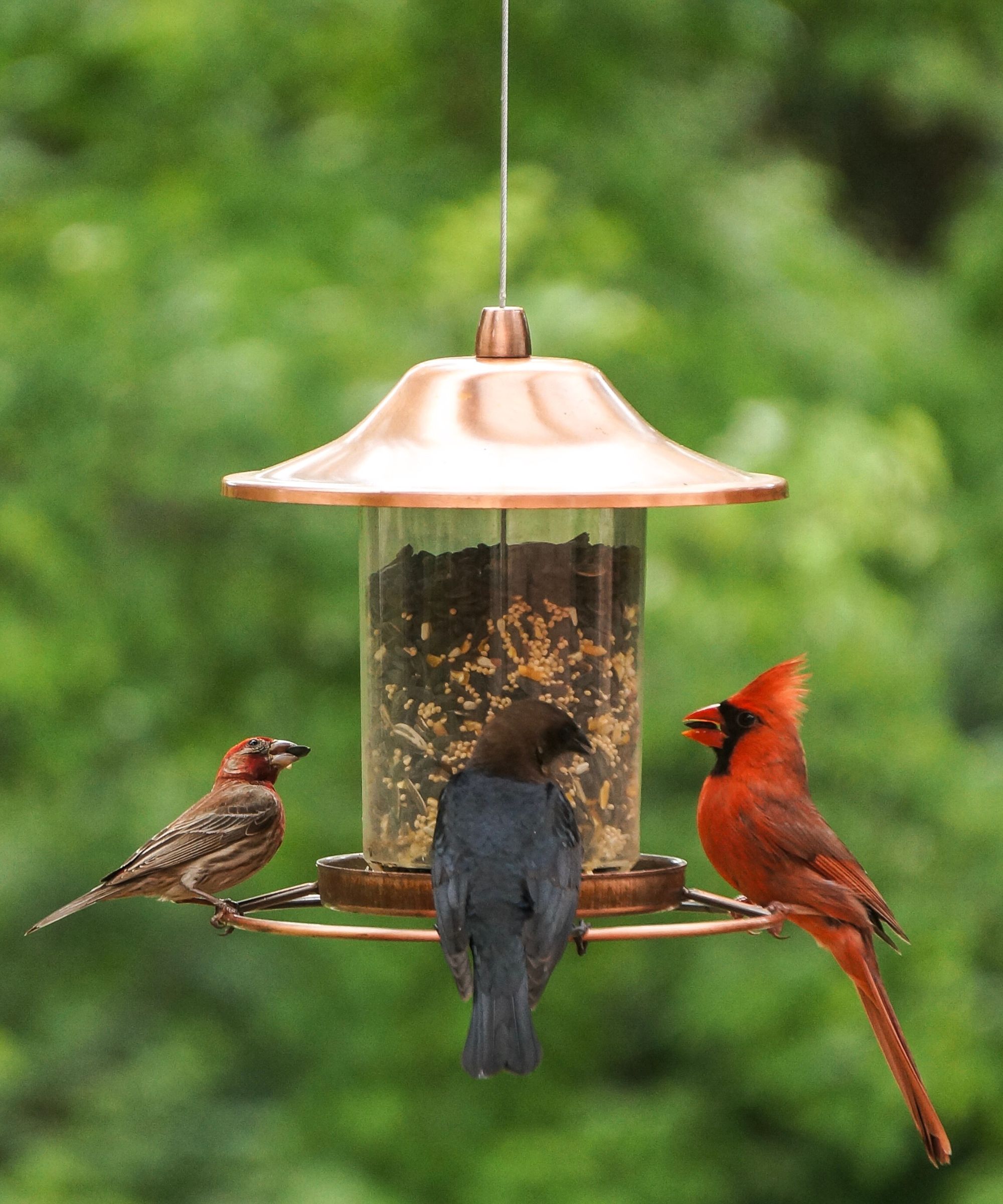
Last but not least, your non-toxic garden needs to support local critters, so be sure to steer clear of any wildlife garden mistakes.
'To create habitats for your pollinators in the summer it is important to have a water source,' says Andrew of the PHS. 'Over the winter, perennials should not be cut back... [as they] provide the perfect overwintering habitat.'
He adds that 'native fruiting shrubs and trees are great for a variety of birds', and recommends plants like dogwood, viburnum, and coneflowers to support birds year-round.
You might like to install something, too, like Amazon's metal bird feeder for outdoor hanging – it'll keep your feathered friends happy and thriving, even when times are tough.
FAQs
What plants are best for a non-toxic garden?
If you're researching the best plants for a non-toxic garden, Andrew Bunting of the Pennsylvania Horticultural Society says that you need to focus on one of the most underrated plants around (particularly as it may draw more pollinators in).
'Few plants offer more variety and visual impact than echinacea,' he says. 'These hardy perennials now come in a wide palette of colours and forms, from delicate pale pinks to fiery oranges and deep reds. Their nectar-rich centres are magnets for butterflies and bees throughout summer, and their seed heads provide valuable food for birds in autumn.'
Andrew adds that, 'whether you're planting the classic purple coneflower or exploring lesser-known native varieties, echinacea offers a long-lasting, low-maintenance way to support biodiversity – and add drama to your borders while you're at it'.
Whether you want to make a bee hotel, start using leaf mulch, fill your backyard with the best container plants for pollinators, or lean hard into a naturalistic planting design, there are so many ways to create a non-toxic garden.
And, as Andrew Bunting reminds us, building up your outdoor space's eco-friendly points doesn’t have to be daunting. 'All these ideas can be slowly employed,' he says. 'Even small changes add up to a bigger shift in how we garden – and how we live with the natural world.'

Kayleigh Dray is an experienced writer and editor within the world of digital journalism. She writes for Homes & Gardens on a range of gardening topics, from chicken keeping to landscape design. She is currently giving her own backyard a woodland-inspired makeover – and there have been whispers of a vegetable plot, too.